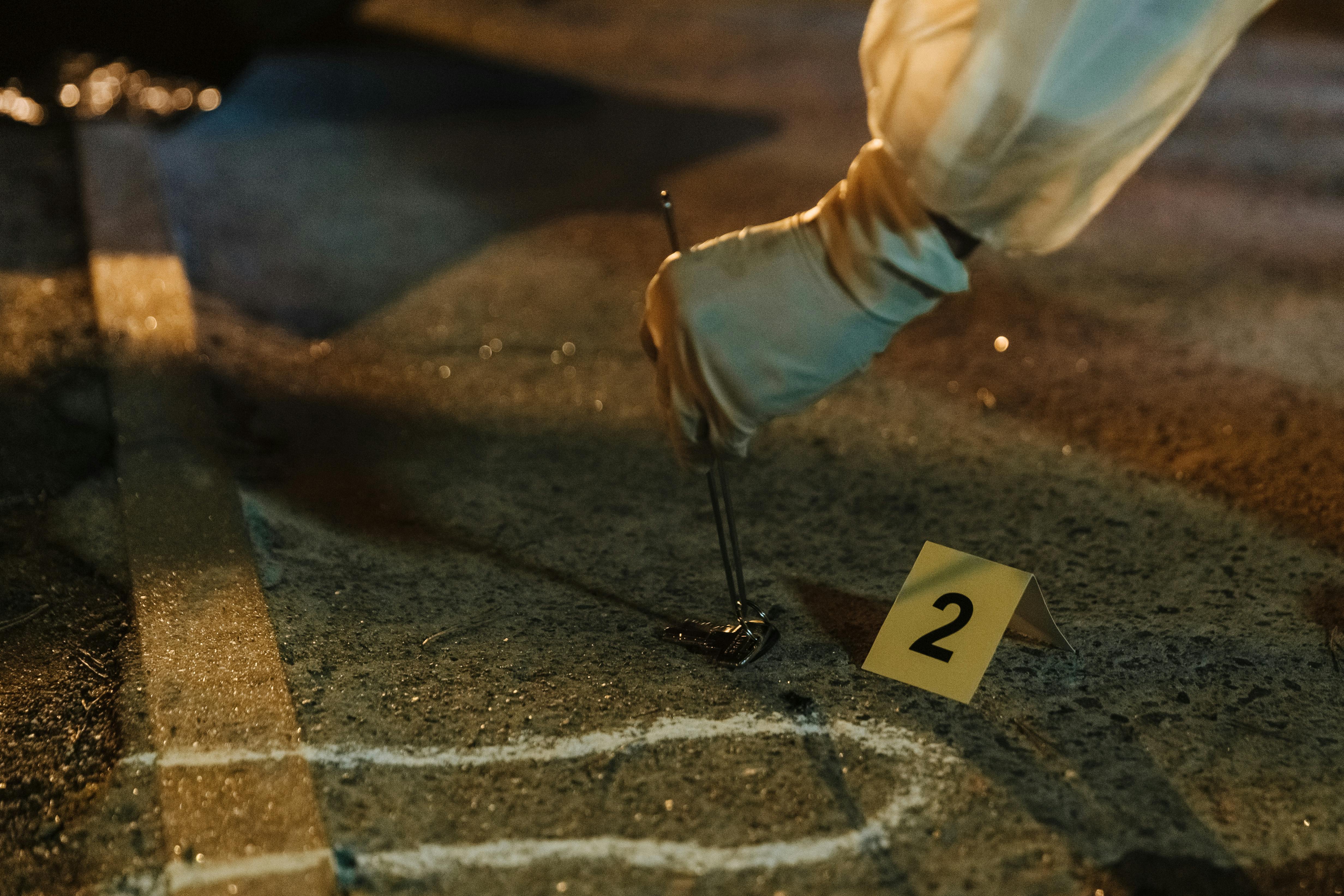Apply Now
Effective Ways to Fix Hammer Toe: Proven Methods for Relief
Hammer toe is a common foot condition characterized by an abnormal bend in the middle joint of the toe. Often resulting in discomfort, pain, and noticeable foot deformities, awareness and treatment of hammer toe are crucial for maintaining overall foot health. In 2025, there's a wealth of effective treatments available to help alleviate hammer toe symptoms and restore toe alignment.
This article explores hammer toe causes, symptoms, and various treatment options, including both non-surgical and surgical methods. Whether you're suffering from chronic pain or just exploring preventative strategies, the strategies outlined will aid in managing and correcting this toe condition. Readers will learn about the efficacy of exercises, surgeries, braces, and footwear adjustments.
Key takeaways include understanding the hammer toe surgical options, conservative treatments available, and lifestyle changes necessary to promote foot comfort. Stay tuned for expert tips, insightful statistics, and personal success stories that will inspire your journey toward smoother, pain-free feet.
Understanding Hammer Toe: Causes and Symptoms
Building on the foundational knowledge of hammer toe, let's delve into its underlying causes and symptoms. Hammer toe often develops due to an imbalance in the muscles, tendons, or ligaments that typically keep the toe straight. Common contributors include wearing ill-fitting shoes, high heels, arthritis, and genetic predispositions.
The most prevalent hammer toe symptoms include:
Identifying Hammer Toe Symptoms
Most individuals begin to notice a change in the appearance of their toe, often accompanied by symptoms such as:
1. **Discomfort**: Pain in the affected toe, especially when wearing shoes.
2. **Corns and Calluses**: These often develop on the top of the toe due to friction against footwear.
3. **Inflammation and Redness**: The joint may become swollen, leading to further discomfort.
4. **Stiffness and Limited Mobility**: Difficulty in bending the toe, impacting overall foot agility.
Understanding these signs is essential for recognizing the severity of the hammer toe condition, leading to informed decisions about treatment.
Common Causes of Hammer Toe Development
Several factors contribute to the formation of hammer toe, including:
- **Ill-Fitting Shoes**: High heels and shoes that don't fit properly can compress the toes, leading to deformities over time.
- **Genetics**: Family history can increase the likelihood of developing toe deformities.
- **Medical Conditions**: Conditions such as arthritis, flat feet, or high arches play significant roles in exacerbating hammer toe.
Recognizing these causes gets you one step closer to prevention strategies and effective hammer toe management, including lifestyle adaptations and proper footwear choices.
Non-Surgical Hammer Toe Treatment Options
With these basics established, let’s explore effective non-surgical options available for hammer toe pain relief. Such treatments ensure valuable long-term management without the need for surgical interventions.
Hammer Toe Exercises for Relief
Engaging in hammer toe stretching exercises can significantly improve both mobility and comfort. Simple exercises to implement include:
- **Toe Flexor Stretch**: Sit, place a towel around the toes, and gently pull for a soothing stretch.
- **Marble Pickup**: Use your toes to pick up marbles to strengthen the small muscles in the foot.
- **Resistance Band Stretch**: Wrap a resistance band around your toes and pull to enhance flexibility.
Integrating these exercises into your daily routine can greatly enhance toe function and reduce pain.
Using Hammer Toe Braces and Splints
Hammer toe night splints and braces can provide the necessary support to keep the toes aligned and prevent further deformity. These devices help stretch the muscles and tendons, promoting a more natural toe position during rest.
Consider consulting your podiatrist to tailor a suitable solution that caters to your specific foot conditions for the best outcome, particularly if footwear adjustments are insufficient.
Choosing Appropriate Footwear
Proper footwear is paramount for managing hammer toe discomfort. Selecting orthopedic shoes that provide ample room in the toe box can alleviate pressure. Look for shoes with:
- **Adjustable Straps**: To accommodate swelling and ensure input comfort.
- **Arch Support**: Enhancing overall foot alignment.
- **Soft Materials**: Prevent irritation of hammer toe and its surrounding areas.
Always consider the role of customized footwear in managing foot health, and test options that offer maximum comfort.
Surgical Options for Severe Hammer Toe Cases
When non-surgical treatments do not provide sufficient relief, surgical intervention might be recommended. This naturally leads us to examine the various surgical options available for correcting hammer toe deformities.
Understanding Hammer Toe Surgery
Surgery may be necessary for chronic and severe cases of hammer toe, especially if conservative treatments fail. Common procedures include:
- **Tendon Release**: Adjusting the tight tendons causing the hammer toe deformity.
- **Fusion Procedures**: Permanently joining the bones of the toe together to eliminate pain and restore functionality.
Recovery from hammer toe surgery involves following prescribed aftercare instructions and engaging in physical therapy to regain strength and mobility. Keep in mind that discussing all surgical options with a qualified podiatrist is crucial for making informed decisions.
Post-Surgical Care for Optimal Recovery
Postoperative care plays an essential role in the recovery process. Employing strategies such as:
- **Wearing Supportive Footwear**: During recovery is vital to avoid stressing the surgical area.
- **Engaging in Physical Therapy**: This resource aids in regaining range of motion and overall foot strength.
Following these recommendations can significantly enhance your healing process, ensuring positive outcomes after hammer toe surgery.
Preventing Hammer Toe: Tips and Strategies
In recognizing the importance of prevention, understanding how to avoid developing hammer toe is of utmost importance. From lifestyle alterations to proactive foot care practices, here are effective strategies.
Implementing Hammer Toe Prevention Techniques
Preventive strategies include:
- **Choosing Suitable Footwear**: Shoes that provide adequate space and support are key.
- **Regular Foot Exercises**: To maintain flexibility and strength, prevent muscle imbalances.
Implementing these straightforward approaches fosters better foot health and can significantly reduce the risk of hammer toe recurrence.
Foot Care Education for Long-term Health
Educating oneself on the fundamentals of foot health can lead to better self-care and prevent conditions related to hammer toe. Engaging in discussions with podiatrists about foot health education, utilizing resources, and leveraging community support can enhance understanding and treatment of foot conditions.
Q&A Section: Common Queries on Hammer Toe
**What lifestyle changes can help manage hammer toe?**
Incorporate regular foot exercises, wear supportive footwear, and consult your podiatrist about preventive strategies and proper shoe choices.
**How do I know if I need surgery for hammer toe?**
Discuss with your podiatrist if non-surgical treatments fail after a reasonable period or if experiencing severe pain that affects daily activities.
**Can children develop hammer toe?**
Yes, hammer toe can occur in children, often due to inappropriate footwear. Early intervention is crucial for management.
**What non-invasive treatments are recommended?**
Consult your podiatrist for tailored non-surgical treatments, including physical therapy, stretching exercises, and orthotic devices.
**Is hammer toe linked to other conditions?**
Yes, conditions such as bunions and arthritis can influence or exacerbate hammer toe development.
Each strategy discussed promotes a holistic approach to managing hammer toe symptoms, emphasizing the importance of education, prevention, and proactive care.




